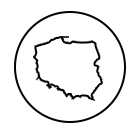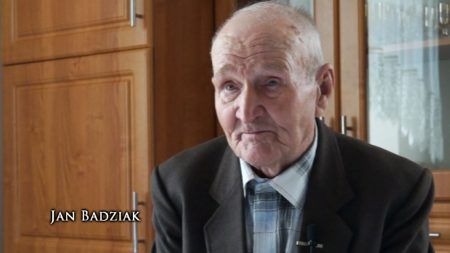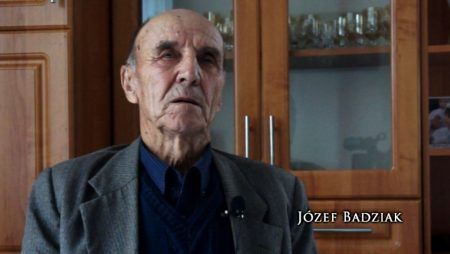Feliksa Brygola with her family - murdered for helping Jews
- Main page
- Places p
- P
- Poizdów Kolonia
- Feliksa Brygola with her family - murdered for helping Jews
 Place
PlacePoizdów Kolonia
 People
PeopleBrygoła Feliksa
Brygoła Stanisław
Brygoła Janina
Zdunek Ignacy
Zdunek Florentyna
Zdunek Alfreda
Everything happened as if it was a western movie. The only thing missing was cowboy costumes and horses. But the massacre took place in reality, not on film set.
It was the summer of 1943. The Germans surrounded the farm of Feliksa Brygoła, a widow living with her three children, son-in-law, one-year-old grandson and a baby to be born, situated in the village of Poizdów-Kolonia. Those whom they found on the spot – they shot. Three Jews escaping from a hiding place in a barn connected to the Polish house died from bullets, then the hosts: Feliksa (age 50), her son Stanisław (age 18) and daughter Janina (age 13). Florentyna was with her little daughter, Alfreda, in the meadow. She went to fetch cows. When she came back, terrified of the view, she fell to her knees, asking the Germans for mercy. After all, she had a little daughter with her, and in her womb there was another tiny human body underneath her heart. The impassioned German took out the gun, gave it to Stanisław Zygłówek – the neighbour of the Brygołs, who most probably was the denunciator – and ordered him to shoot. „He shot to the Feliksa’s daughter [Florentyna] and her child. And since Florentyna was pregnant, he shot her in the belly again” – recalls Jan Badziak, an eyewitness of the crime. Florentyna’s husband, Ignacy Zdunek, unaware of the accidents, didn’t come home until after the Germans had finished their „job”. When it came to him what happened, he committed suicide over the bodies of his loved ones in an act of despair. Later, the whole Brygoł family was buried in the parish cemetery in Kock. The bodies of three Jews are still buried at the site of the murder.
Three Jewish women who remained in hiding during the Germans’ action survived the raid. Whether they survived to the end of the war is unknown.

